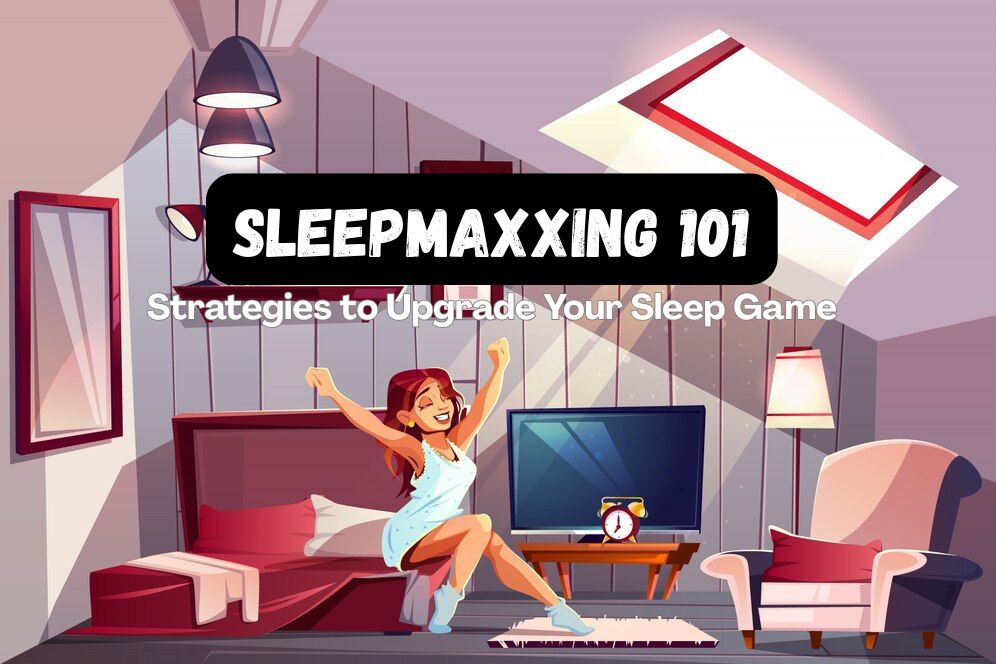- Why Sleepmaxxing Is 2025’s Ultimate Wellness Flex
- Why Are We So Exhausted? The Hidden Culprits Stealing Your Sleep
- What Is Sleepmaxxing? (And Why Your Brain Craves It)
- Case Study #1: How a Remote Worker Fixed Her “Always Tired” Cycle
- Hack Your Circadian Rhythm: The 2025 Playbook
- Optimize Your Sleep Environment Like a Neurohacker
- Case Study #2: The College Student Who Beat Insomnia
- The 2025 Sleepmaxxer’s Toolkit: Tech Upgrades Worth the Hype
- 5 Common Sleepmaxxing Mistakes (And How to Fix Them)
- Your Sleepmaxxing Journey Starts Tonight
Why Sleepmaxxing Is 2025’s Ultimate Wellness Flex
We’ve all heard the classic advice: “Get 8 hours of sleep!” But in 2025, optimizing sleep isn’t just about quantity—it’s about biohacking your way to higher-quality rest. Enter sleepmaxxing: a data-driven, trend-forward movement combining neuroscience, tech innovations, and viral rituals (yes, like the “sleepy girl mocktail”) to help you wake up refreshed, focused, and ready to crush your goals.
In this guide, you’ll learn actionable strategies to upgrade every layer of your sleep game, from circadian rhythm alignment to TikTok’s favorite wind-down routines. Plus, we’ll dive into real case studies of people who transformed their sleep—and their lives—using these methods. Let’s get started.
Why Are We So Exhausted? The Hidden Culprits Stealing Your Sleep
In our always-on, productivity-obsessed world, sleep has become collateral damage. Nearly 1 in 3 adults worldwide suffer from chronic sleep deprivation, according to the World Health Organization—and the reasons are as modern as our smartphones. Beyond the obvious villains (late-night TikTok scrolling or that third espresso), subtle disruptors lurk everywhere: circadian chaos from hybrid work schedules, the “blue light blizzard” of screens suppressing melatonin, and stress hormones like cortisol spiking due to financial anxiety or doomscrolling. Even your cozy late-night snack could backfire—studies show high-sugar diets fragment sleep cycles by up to 40%. The symptoms? More than just yawning: brain fog, mood swings, weakened immunity, and even accelerated skin aging. As neuroscientist Dr. Rebecca Spencer notes, “Sleep loss isn’t a badge of honor—it’s a silent tax on your physical and mental capital.” The good news? Understanding these triggers is the first step to reclaiming your rest—and that’s where sleepmaxxing comes in.
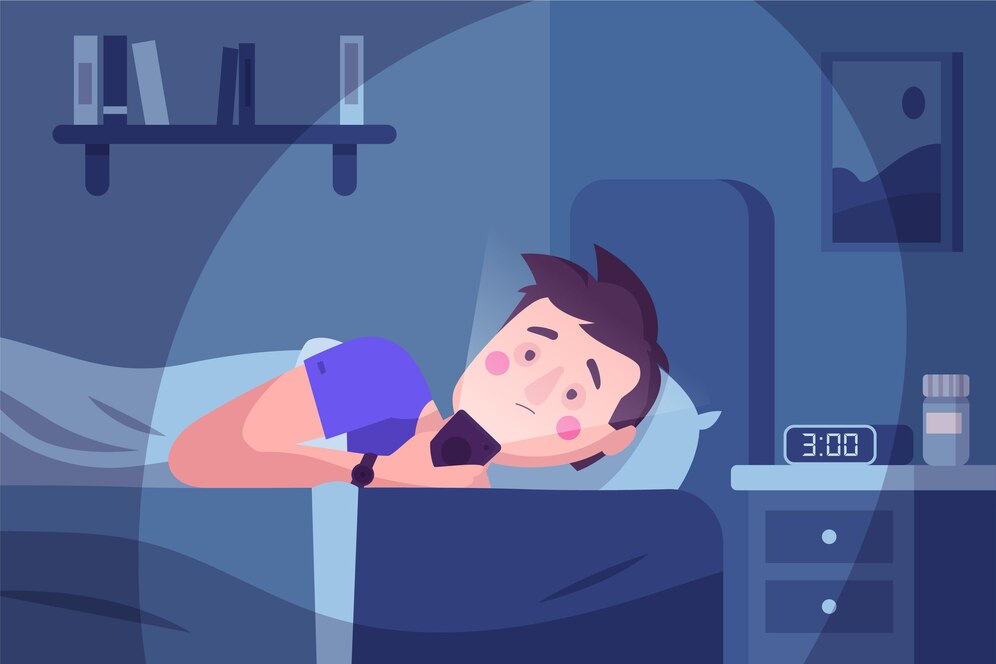
What Is Sleepmaxxing? (And Why Your Brain Craves It)
Sleepmaxxing isn’t just another buzzword. It’s a holistic approach to sleep optimization that merges:
- Circadian science: Aligning your body clock with natural light cycles.
- Neurofitness: Training your brain for deeper sleep stages.
- Tech integration: Using wearables and smart tools to track progress.
- Community trends: Adopting viral habits (think magnesium mocktails) that actually work.
Studies show poor sleep costs the U.S. economy $411 billion annually in lost productivity—but sleepmaxxers are flipping the script. By prioritizing sleep hygiene 2.0, they’re reporting better mood, sharper focus, and even glowing skin.
Case Study #1: How a Remote Worker Fixed Her “Always Tired” Cycle
Meet Sarah, 34, a graphic designer battling chronic fatigue:
- Problem: Despite sleeping 7–8 hours nightly, she woke up groggy and relied on 3 coffees daily.
- Solution: Sarah adopted two sleepmaxxing pillars:
- Circadian rhythm alignment: She swapped late-night Netflix for a 10 p.m. “light curfew” (dimming lights + blue-light blockers).
- Sleep environment overhaul: She added blackout curtains and a white noise machine tuned to 40 Hz (a frequency linked to deep sleep).
- Result: Within 3 weeks, Sarah’s wearable data showed 42% more deep sleep, and she quit her afternoon caffeine habit.
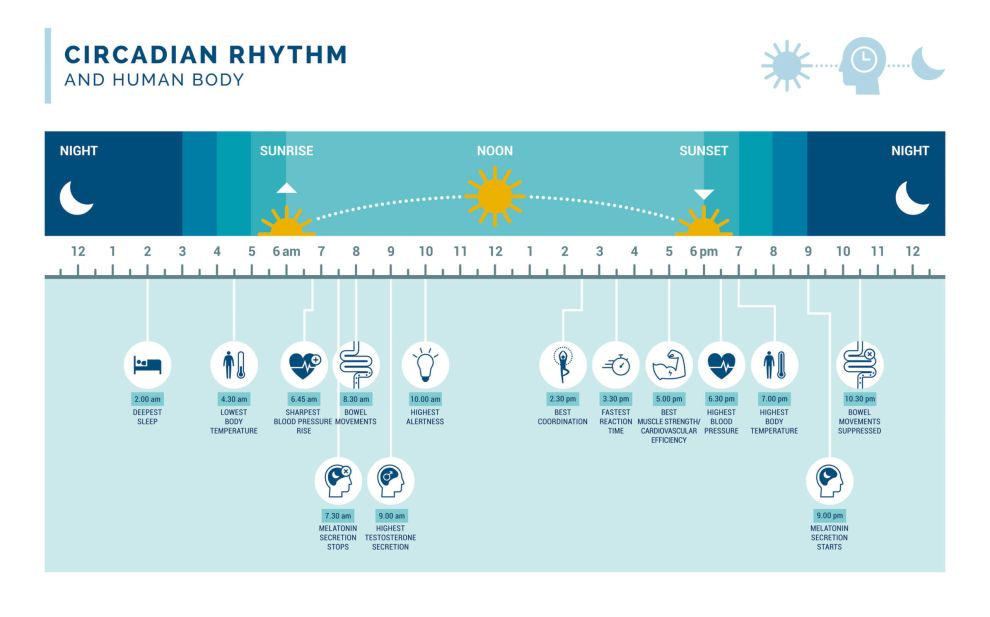
Hack Your Circadian Rhythm: The 2025 Playbook
Your circadian rhythm is your body’s internal clock, governed by light exposure. Here’s how to sync it for better sleep:
1. Master the “Light Diet”
- Morning: Get 10–30 minutes of natural sunlight within 30 minutes of waking (no sunglasses!). This resets your cortisol-melatonin cycle.
- Evening: After sunset, use amber bulbs (under 3000K) and avoid screens 90 minutes before bed. Pro tip: If you must scroll, enable “Dark Mode” + red-light filters.
2. Embrace the “Temperature Drop”
Studies show cooling your body by 1–3°F triggers sleepiness. Try:
- A hot bath 1–2 hours before bed (the post-soak cooldown mimics natural temp drops).
- Bedroom thermostat at 65°F (18.3°C)—the sweet spot for sleep.
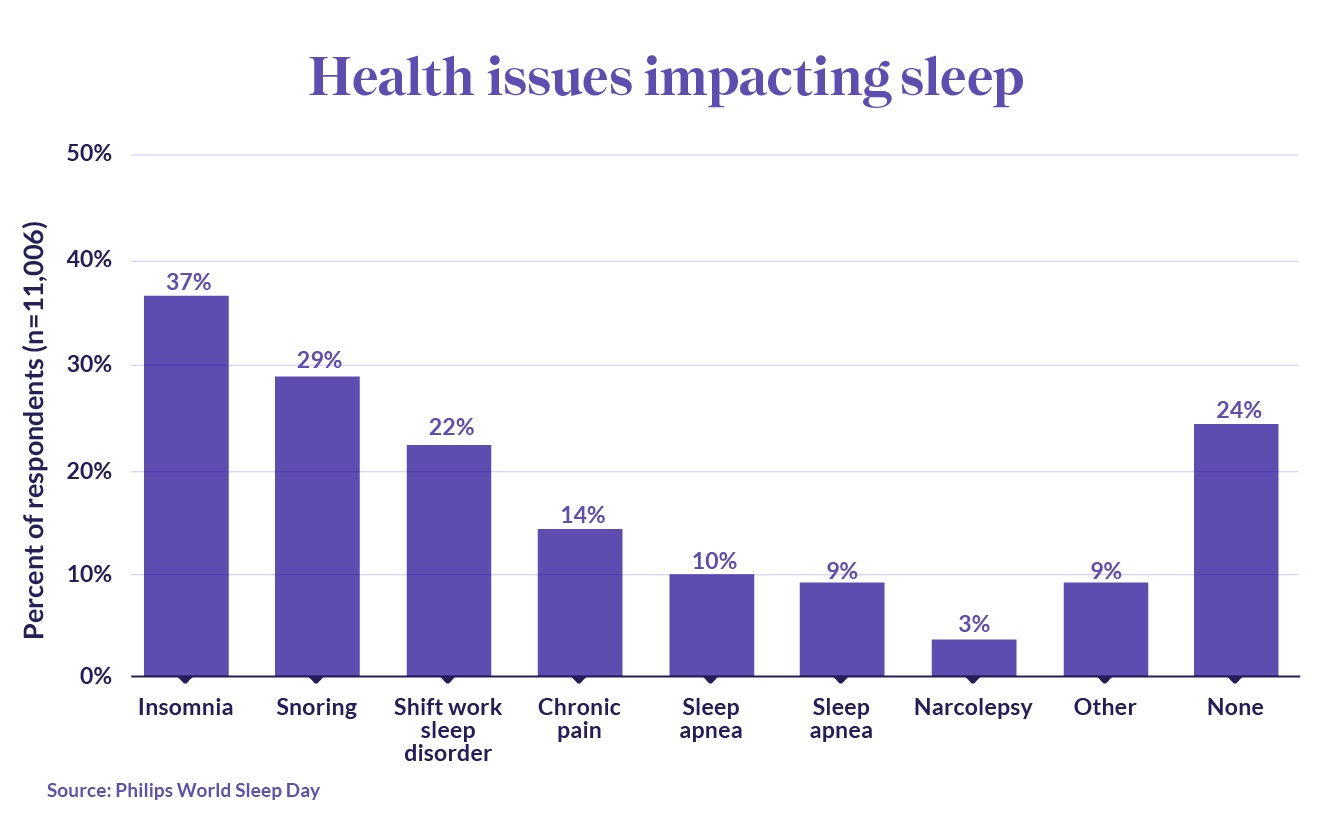
Optimize Your Sleep Environment Like a Neurohacker
Your bedroom should feel like a “sleep cave.” Level up with these hacks:
The 2025 Sleepmaxxer’s Bedroom Checklist
- Lighting: Blackout curtains + motion-sensor nightlights (red or orange only).
- Sound: White noise machines with brown noise (deeper tones) for masking disruptions.
- Smell: Diffuse lavender or valerian root oil—linked to 20% faster sleep onset in clinical trials.
TikTok’s #1 Trend: The Sleepy Girl Mocktail
This viral pre-bed drink combines:
- 1/2 cup tart cherry juice (natural melatonin source).
- 1 tbsp magnesium powder (calms the nervous system).
- Sparkling water + ice.
Why it works: A 2024 study found tart cherry juice increased sleep time by 84 minutes in insomniacs.
Case Study #2: The College Student Who Beat Insomnia
Meet Jake, 22, a student plagued by 3 a.m. anxiety spirals:
- Problem: Stress and late-night cramming left him awake for hours.
- Solution: Jake built a “neurofitness” bedtime routine:
- Wind-down ritual: 20 minutes of yoga nidra (a guided meditation shown to reduce cortisol by 30%).
- Sleepmaxx mocktail: Added magnesium + tart cherry juice to his nightly routine.
- Tech detox: He banned phones from his bedroom and used a $20 analog alarm clock.
- Result: Jake now falls asleep in 15 minutes and aced his finals without all-nighters.
The 2025 Sleepmaxxer’s Toolkit: Tech Upgrades Worth the Hype
Not all gadgets are gimmicks. Here’s what sleep scientists recommend:
1. Smart Mattresses (Like Sleep Number Climate360)
- Adjusts temperature on each side of the bed (no more blanket wars!).
- Tracks sleep stages and syncs with wearables like Fitbit or Oura Ring.
2. Wearables That Train Your Brain
- Apollo Neuro: A wearable that uses vibration therapy to lower stress before bed.
- Dreem 3 Headband: Uses EEG sensors to detect sleep phases and plays sounds to prolong deep sleep.
5 Common Sleepmaxxing Mistakes (And How to Fix Them)
- Overcomplicating routines: Start with 1–2 changes (e.g., light curfew + mocktail).
- Ignoring weekend consistency: Sleeping in disrupts your circadian rhythm—keep wake times within 1 hour.
- Over-relying on melatonin: Long-term use can reduce natural production. Try magnesium glycinate instead.
- Neglecting daytime habits: Exercise and morning light exposure are non-negotiable.
- Stressing over perfection: One bad night won’t ruin progress—focus on consistency.
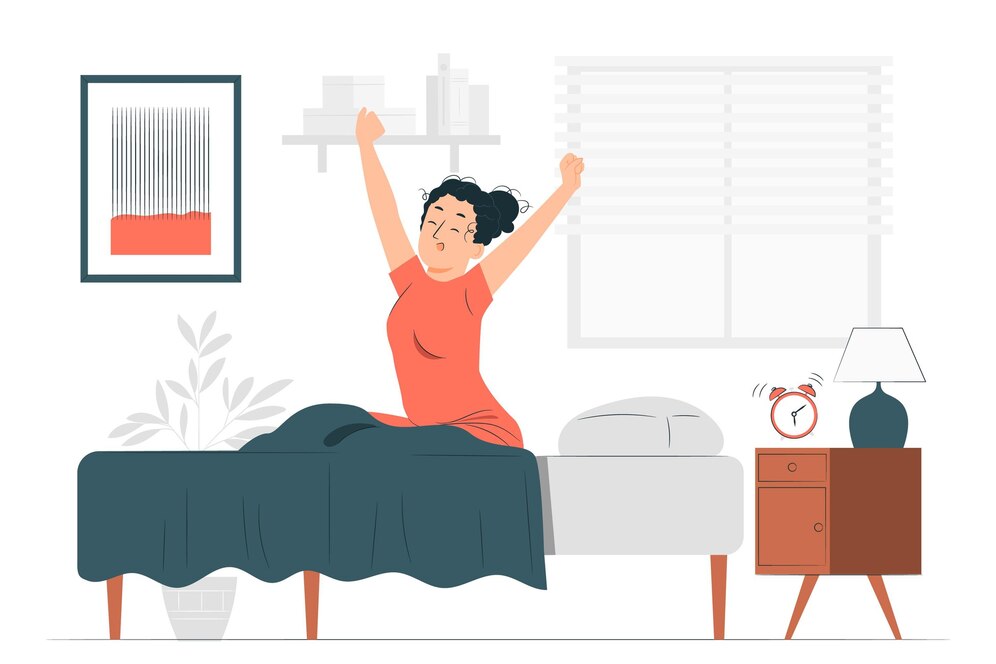
Your Sleepmaxxing Journey Starts Tonight
Sleepmaxxing isn’t about rigid rules—it’s about designing a sleep routine that works for your lifestyle. Whether you start with a TikTok mocktail, a $10 red-light bulb, or a 5-minute meditation, small tweaks can lead to transformative results.
Your Next Steps:
- Pick one strategy from this guide to try tonight.
- Track your sleep with a free app like Sleep Cycle for 7 days.
- Join the conversation: Comment below with your #1 sleepmaxxing hack!
